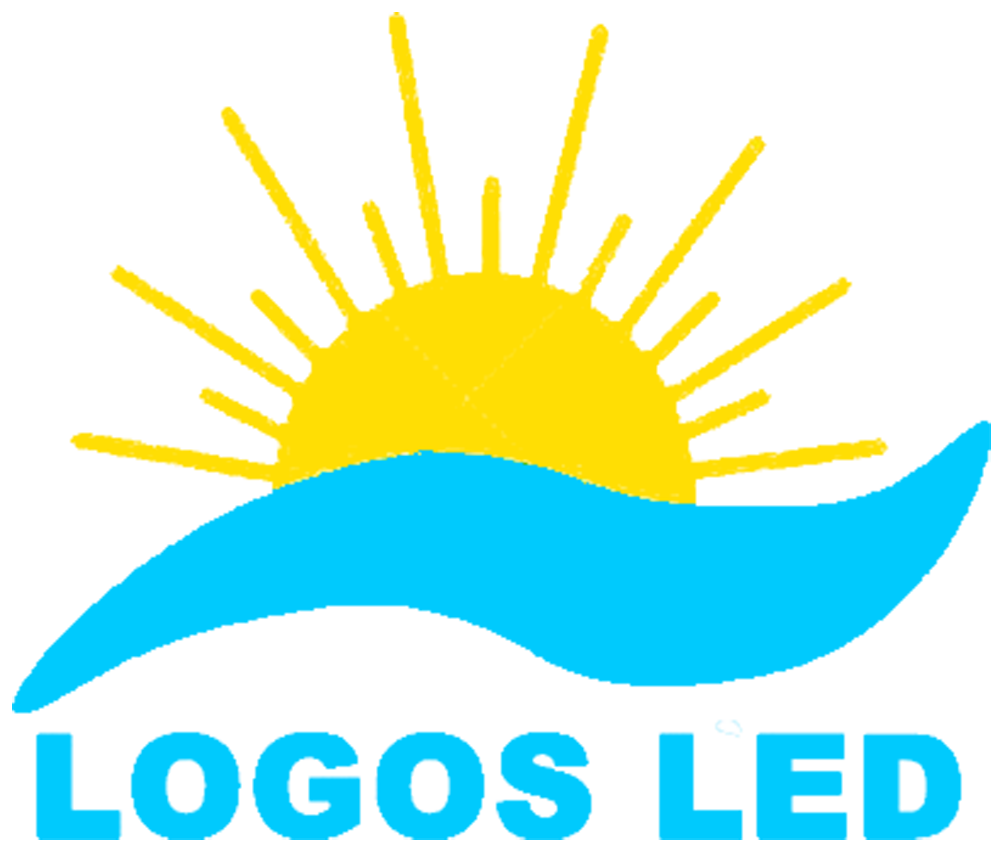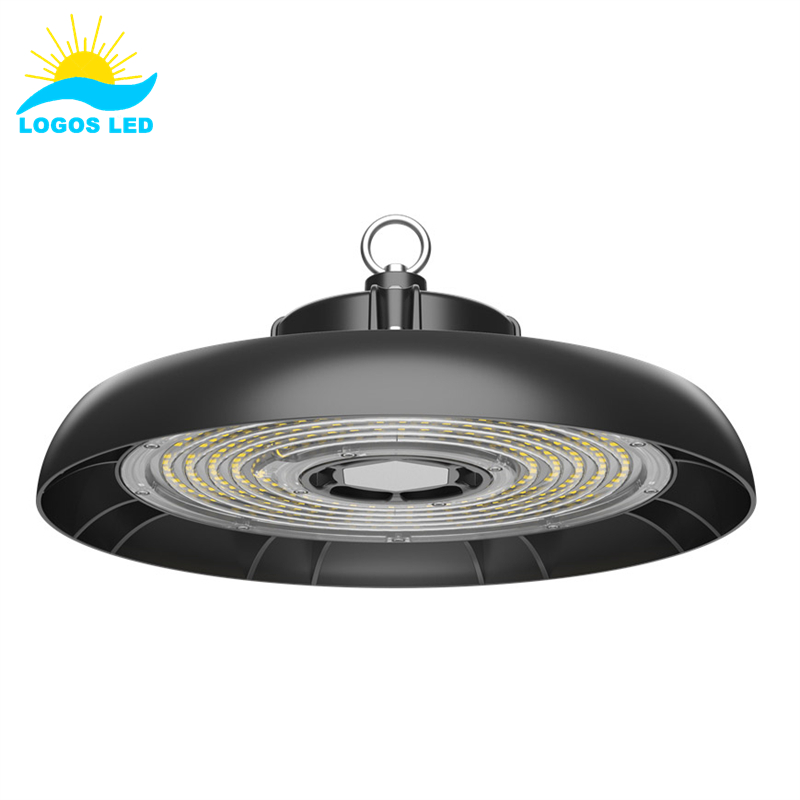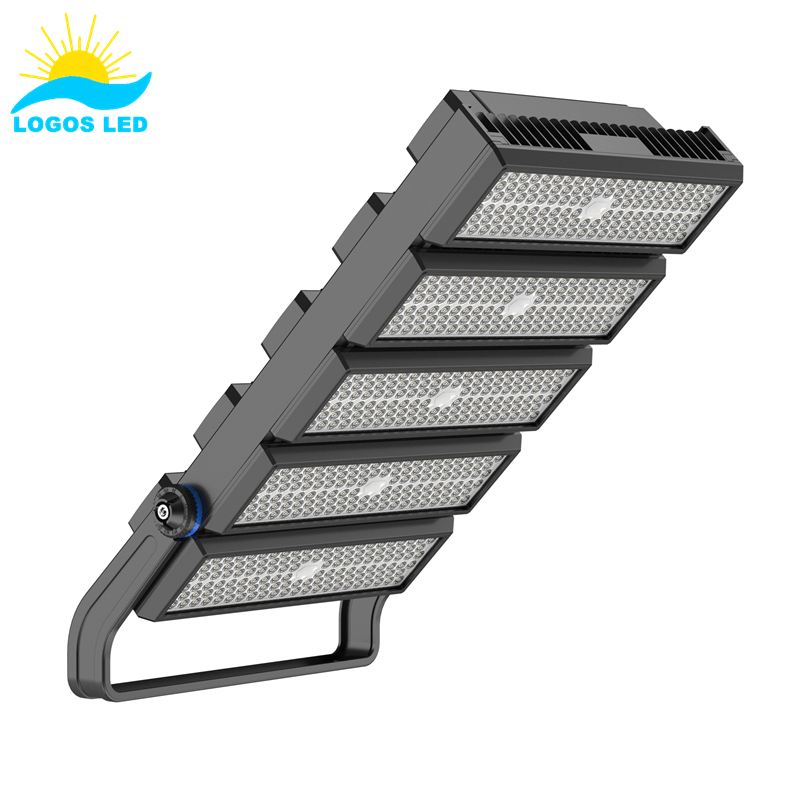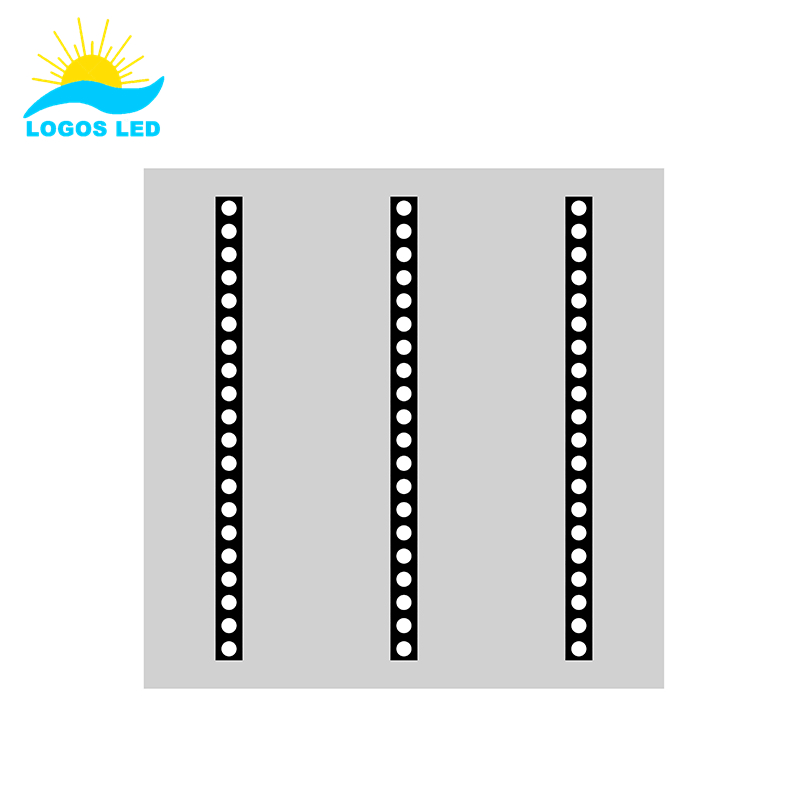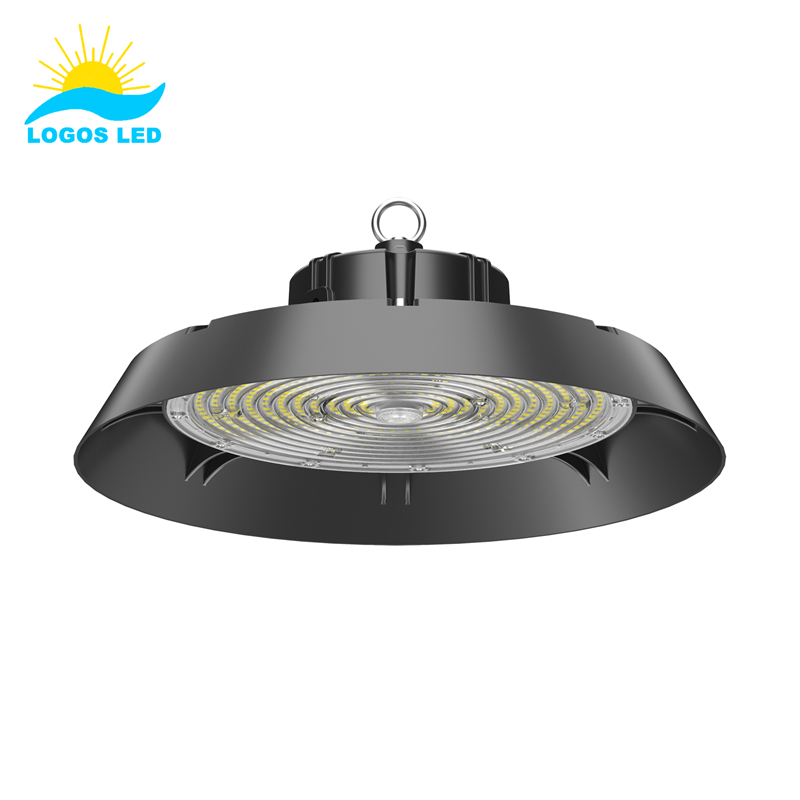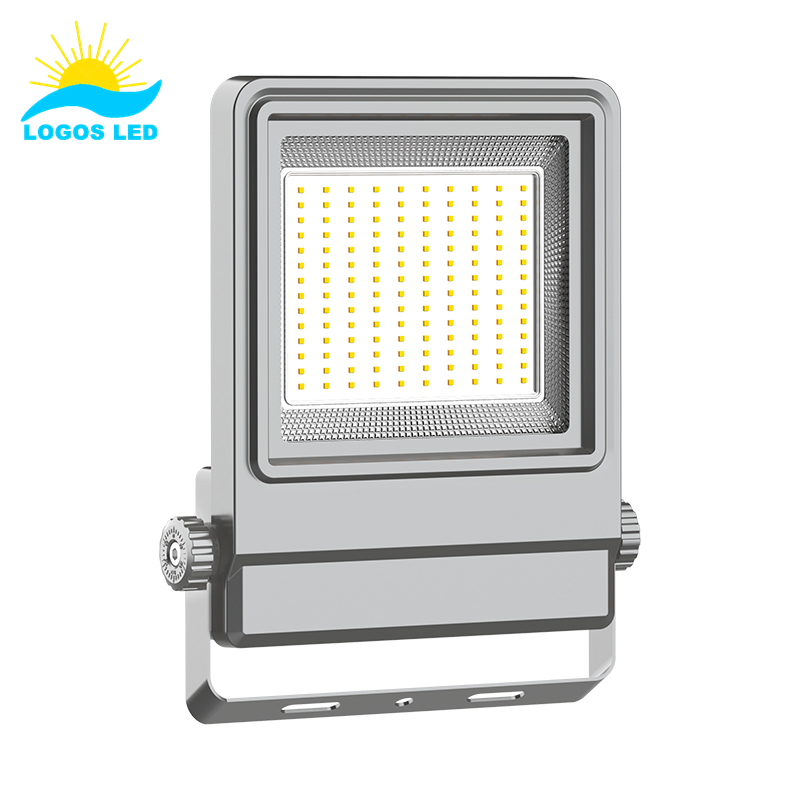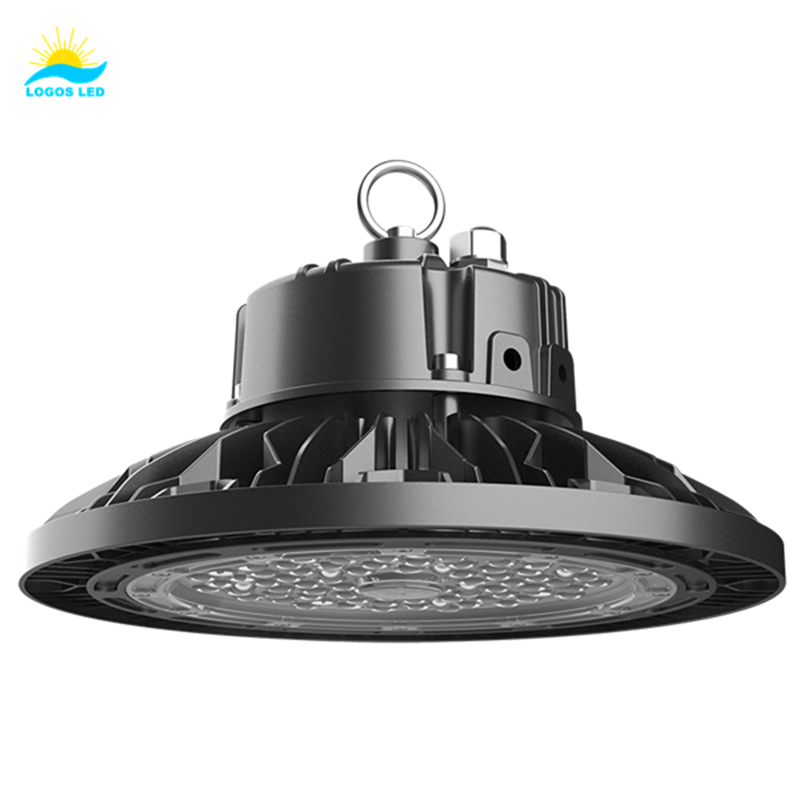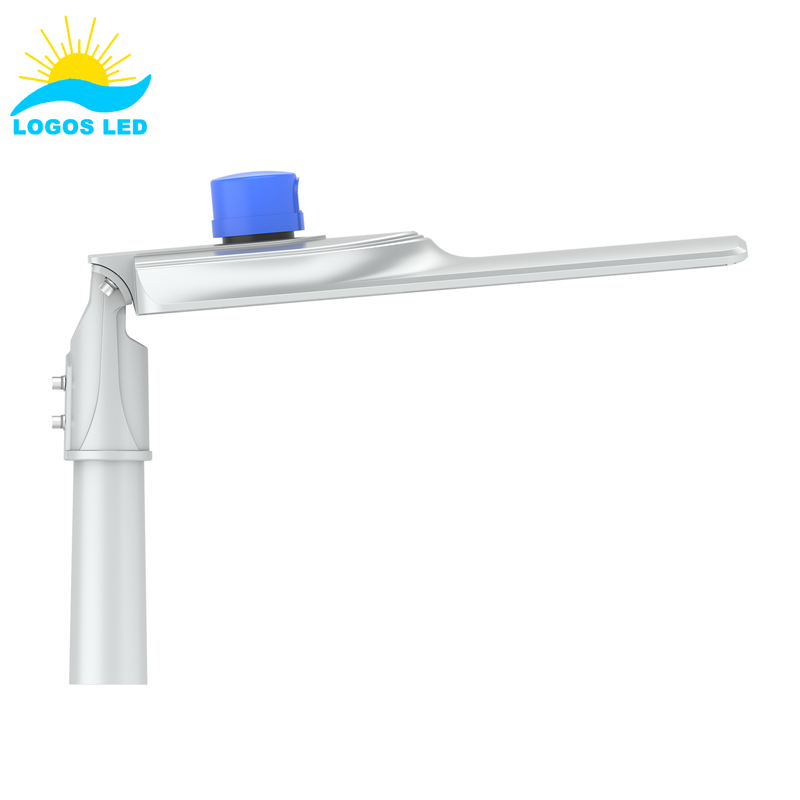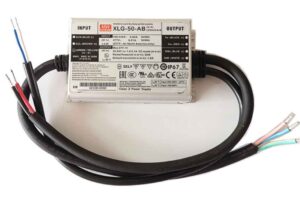Are you unsure about the right LED light color temperature for sports field lighting? Choosing the wrong color temperature can result in poor visibility, hinder performance, and affect the overall experience. But don’t worry, selecting the correct color temperature for your sports field can make a significant difference in lighting quality and performance. In this article, we will help you find the best LED color temperature for sports field lighting.
For sports, the best color temperature for lighting is typically between 5000K and 6500K, as these cooler tones mimic natural daylight and improve visibility. This range reduces glare and enhances contrast, ensuring clear viewing for athletes and spectators. For professional sports, 6000K is often preferred, especially for large fields and broadcasts. Lighting standards for sports fields focus on uniformity, glare control, and optimal color temperature (5000K-6000K), creating safe, high-performance environments. Stadium lights commonly use 5000K-6500K to maintain visibility and ensure accurate color reproduction during events.
Let’s dive deeper and explore how light color temperature impacts sports lighting and how to select the right one.
Table of Contents
What is the Best Color Temperature for Sports?
When it comes to sports, the best color temperature for lighting typically falls within the range of 5000K to 6500K. These cooler temperatures mimic natural daylight, providing bright, crisp lighting that improves visibility on the field. This range is optimal for both the athletes and spectators as it reduces glare, enhances contrast, and allows for clear, accurate viewing.
For professional sports, such as soccer or basketball, lighting with a color temperature1 of 6000K is often preferred. It not only helps players see the ball clearly but also improves the overall ambiance for broadcasts and video recordings. The cool white light ensures that every detail is visible and that the lighting is bright enough to illuminate large areas effectively.
However, the ideal color temperature can vary slightly depending on the specific type of sport. For example, indoor sports might use 4000K to 5000K to create a more comfortable, softer environment, while outdoor fields benefit from the higher end of the scale, closer to 6500K, to mimic natural daylight and provide maximum clarity.
Overall, for the best results in sports, go for a lighting solution in the 5000K to 6500K range to enhance both performance and viewing quality.
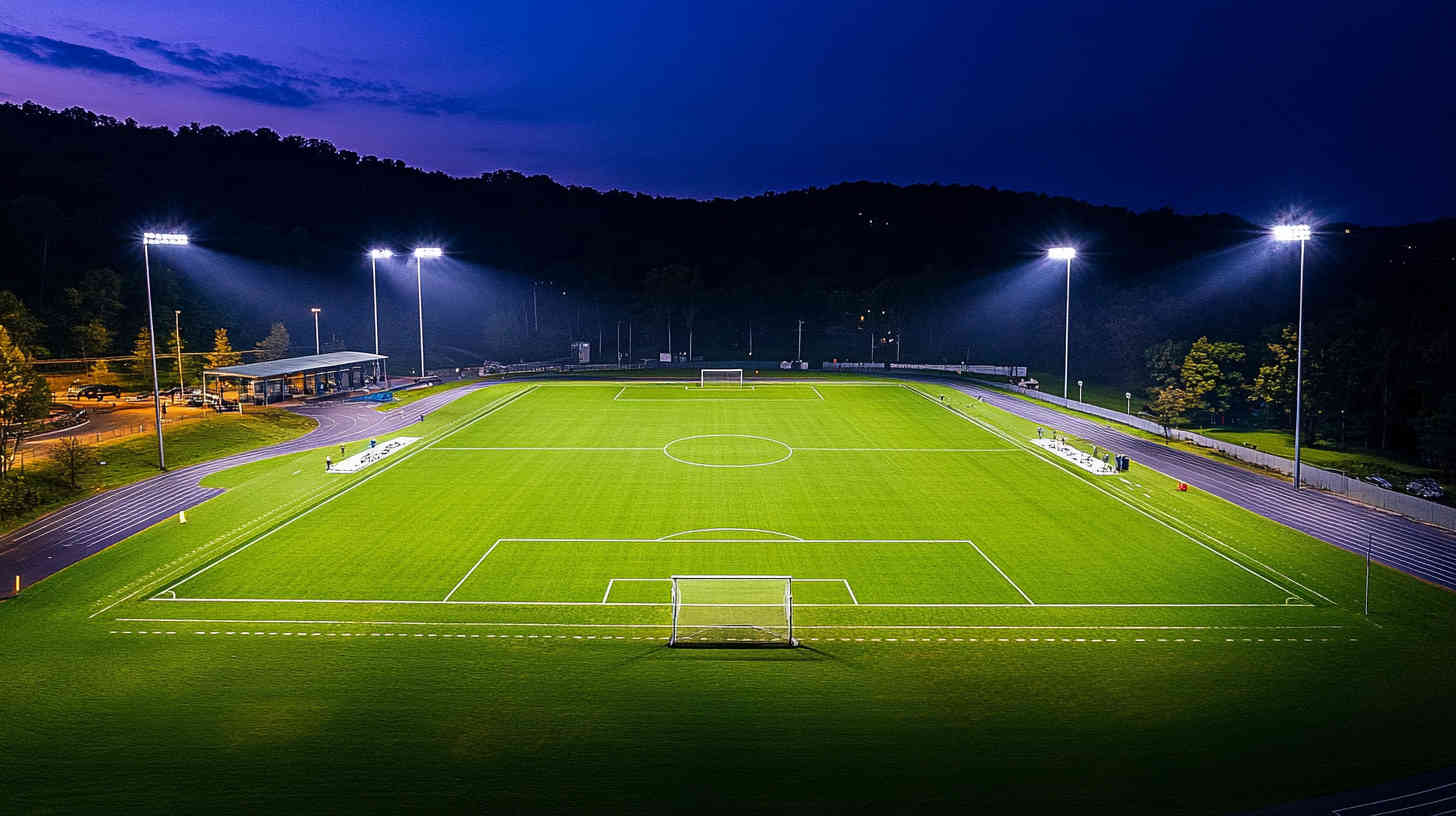
What are the Lighting Standards for Sports Field?
Lighting standards for sports fields are essential to ensure that both athletes and spectators have the best possible visibility and safety. These standards are set by various organizations, such as the Illuminating Engineering Society (IES), Fédération Internationale de Football Association (FIFA), and other governing bodies for different sports. They define key aspects like minimum illuminance, uniformity, glare control, and color temperature to create optimal lighting conditions for all types of sports.
For example, FIFA recommends a minimum illuminance of 500 lux for recreational soccer fields and up to 2000 lux for professional matches. The uniformity of the light distribution is also crucial; it should be as even as possible across the field to avoid any dark spots or areas of overexposure. Additionally, glare must be minimized to ensure players are not distracted or hindered by the lighting.
Lighting color temperature is also a significant factor in meeting these standards. A color temperature of around 5000K to 6000K is often recommended for outdoor sports fields. This range mimics daylight, providing the clearest visibility without causing excessive strain on the eyes.
In summary, lighting standards for sports fields2 focus on creating a well-lit environment that supports performance while ensuring safety and comfort. Following these standards ensures high-quality lighting that benefits both the athletes and the spectators.
What Color Temperature is a Stadium Light?
Stadium lights typically use color temperatures between 5000K and 6500K. This range provides bright, clear lighting that enhances visibility for both athletes and spectators. The higher the color temperature, the cooler and more “daylight-like” the light appears, which is ideal for large venues such as stadiums.
For most professional sports events, including football, soccer, and baseball, a color temperature of 6000K is commonly used. This color temperature mimics natural daylight, ensuring that the action on the field is clearly visible, even in low-light conditions. It also improves television broadcasts, where accurate color reproduction is crucial for viewers watching at home.
In summary, stadium lighting often uses color temperatures of 5000K to 6500K to ensure high visibility, reduce glare, and create the perfect atmosphere for both players and spectators. The choice of 6000K is particularly popular for large outdoor sporting events.
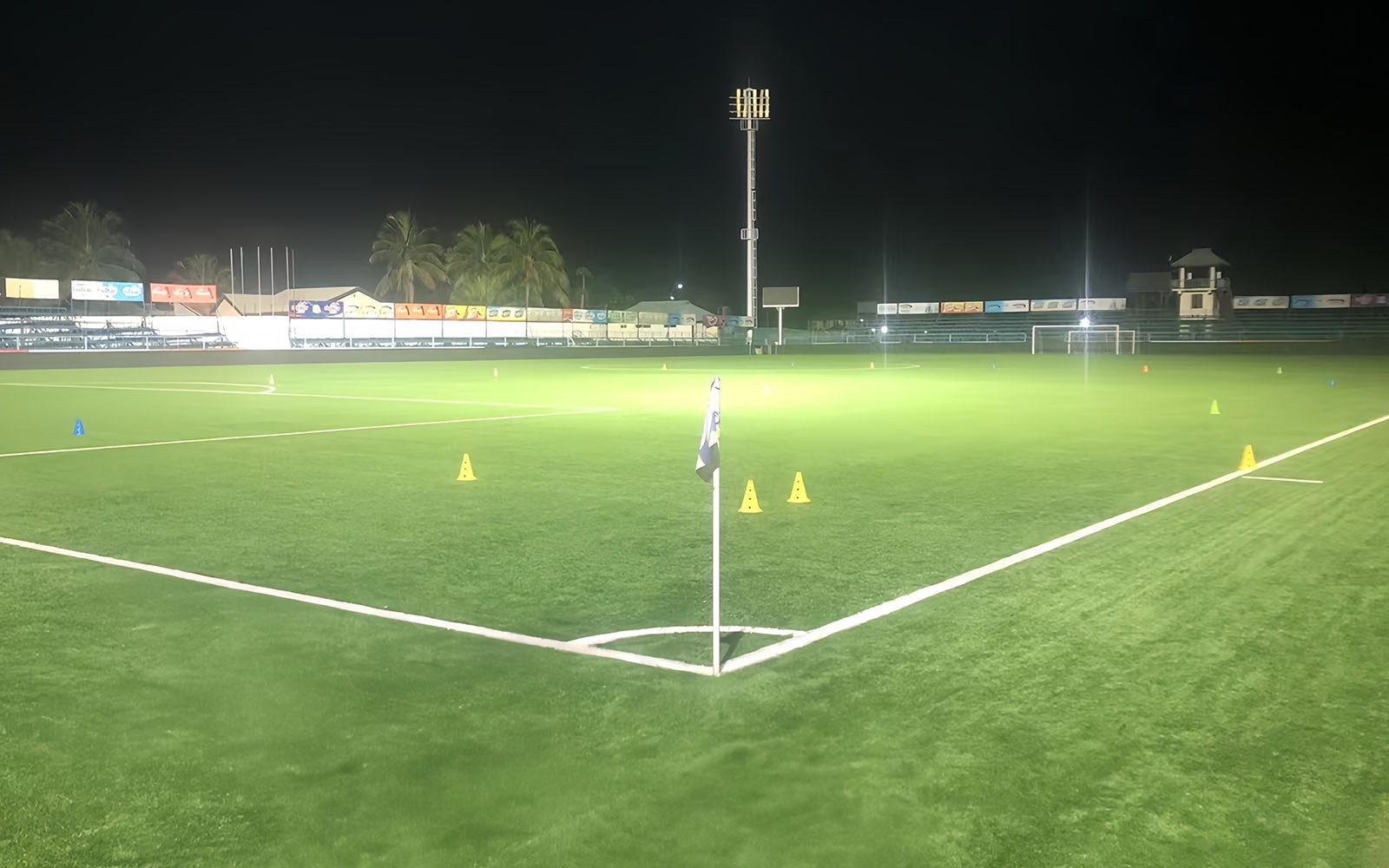
What is the perfect color temperature for sport games?
The perfect color temperature for sport games usually falls within the 5000K to 6000K range. This temperature mimics natural daylight and is bright enough to enhance visibility while providing accurate color rendering. For outdoor sports like soccer, basketball, or cricket, this color temperature ensures that the players can see clearly, even during night games. It also helps with video recordings and broadcasts, where clarity and color accuracy are essential. A higher temperature (around 6000K) is typically preferred for professional sports settings, as it provides optimal lighting for both participants and spectators.
What is the Best Color Temperature for Outdoor Lighting?
The best color temperature for outdoor lighting typically falls between 4000K and 6000K. This range provides the right balance of brightness and warmth, making outdoor spaces both functional and comfortable.
For general outdoor lighting, such as in gardens, walkways, or residential areas, a color temperature of 4000K is often ideal. It offers a neutral white light that’s bright enough to illuminate spaces without being too harsh. This creates a pleasant, welcoming atmosphere for outdoor gatherings and leisure activities.
For more functional outdoor spaces, such as sports fields, parking lots, or commercial properties, higher color temperatures around 5000K to 6000K are recommended. These cooler, daylight-like tones ensure bright, clear lighting that improves visibility, enhances security, and creates a more energetic environment.
Overall, the choice of color temperature for outdoor lighting should depend on the space’s purpose—whether you’re looking for a cozy ambiance or bright, practical lighting for safety and visibility.
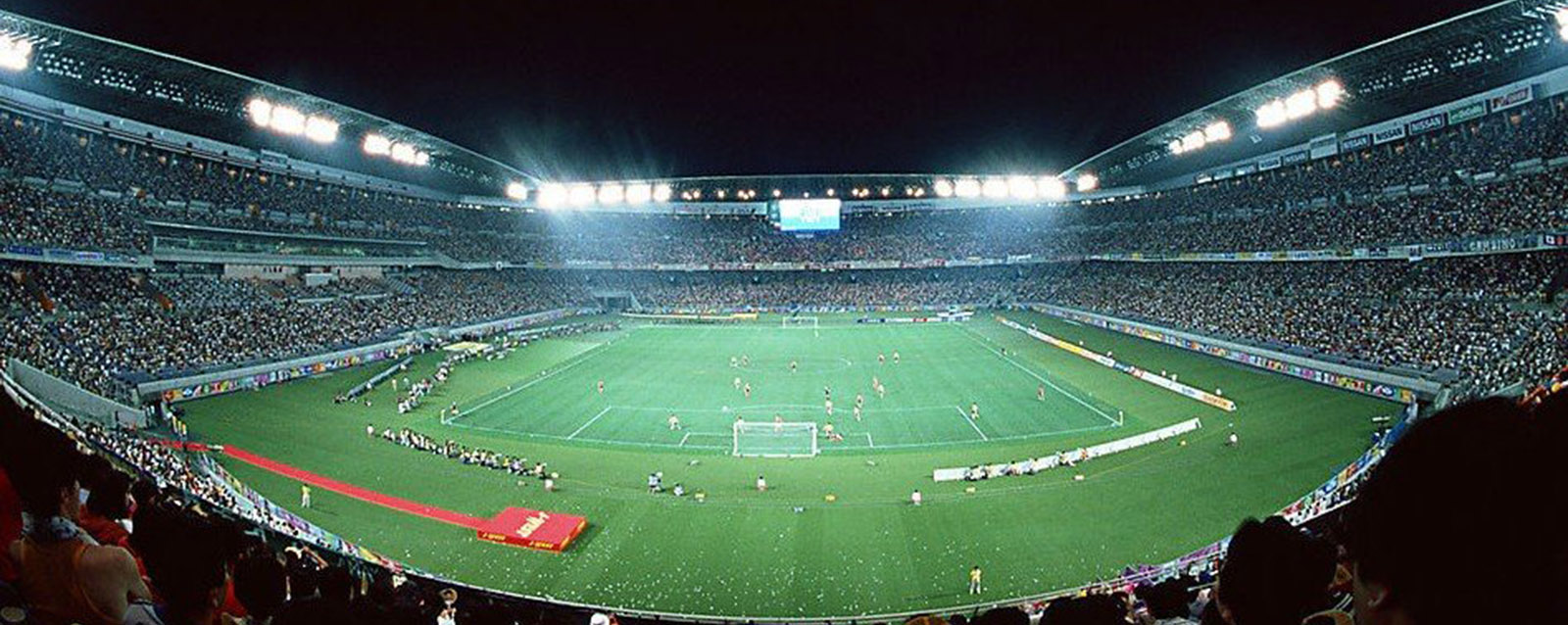
Which is better for Sports Field Lighting, 4000K or 6500K?
Choosing between 4000K and 6500K for sports field lighting depends on the specific needs of the field. 4000K offers a more neutral white light, which is less intense and is typically used for recreational or less demanding environments. On the other hand, 6500K provides a cool, bluish light that is ideal for professional sports fields and stadiums, where maximum visibility and color accuracy are required. For high-visibility sports such as football and soccer, 6500K is the better option because it mimics natural daylight and enhances the performance of athletes and the viewing experience.
Conclusion
Choosing the right LED light color temperature3 for sports field lighting is crucial for ensuring proper visibility, safety, and an optimal experience for both athletes and spectators. Depending on the sport and field, the ideal color temperature typically ranges from 4000K to 6500K. Make sure to take into account the lighting standards for sports fields to create the best environment. With the right lighting design, you can improve the performance and enjoyment of every game.
If you need help or have questions, please feel free to reach out to us directly. Our team of lighting experts is here to help.
Request A Free Quote Now!
Send us a message if you have any questions or request a quote. We will get back to you ASAP!
- Understanding color temperature is key to optimizing visibility and performance in sports lighting. Explore this link for in-depth insights. ↩
- Learn about the essential lighting standards that ensure safety and performance in sports fields. This resource is invaluable for field management. ↩
- Discover how the right LED light color temperature can enhance visibility and athlete performance on the field. This information is crucial for effective lighting design. ↩
